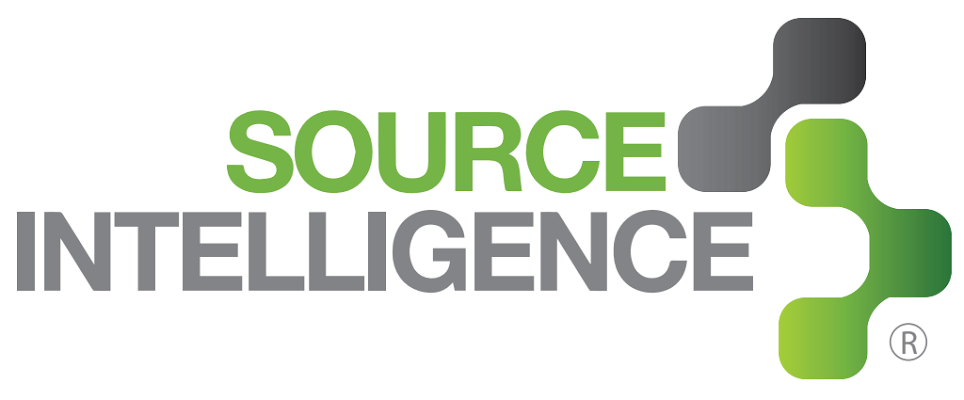Is Benchmarking Your Compliance Program Worth It? We Think So.

Different companies have their own set of rules and regulations for managing risk, especially the risk that involves corruption and bribery. They call on agencies, which enforce the rules, to over see any activity that may or may not result in corruption or bribery issues. These agencies also require that companies doing business within the country, be adequately equipped with programs in the event of such issues arise. Ultimately, what does this all mean and how can it all be connected? As agencies create and enforce these rules and regulations, it would be beneficial for companies to develop and implement programs that mimic the specifics characteristics set fourth by these agencies. Another approach could be to follow other successful models that other companies have been able to implement and compare with one owns compliance program. Typically these would be known as benchmarking enabled solutions and the purpose is to find an industry standard that measures and labels your efforts versus those of similar industries.
Either way companies and their compliance programs must address key issues that reflect its ongoing threat, within any organization, in regard to corruption and bribery.
As companies move forward and the stage for operating and conducting business grows smaller, finding areas in which opportunity lays is important for all companies. When companies increase their reach they also increase their risk, and for any organization looking for ways to minimize that risk becomes increasingly difficult.
We have the guidelines and recommendations from agencies instilling these laws, and we have companies that have proven them selves to be leaders in preventing corruption and bribery. So what’s next? Ideally, we need to ask ourselves, how can we measure or compare our companies compliance programs (if they have any) to those that are leading the industry? The answer is quite simple, and it is bench marking. Without bench marking, we lose vital information, that would other wise make us see the issues within any organization.
Many organizations look for strengths, so they can build off of these areas and increase their compliance efforts. But what about areas where companies lack, and don’t realize there is a need for improvement? Benchmarking can improve this.
Of course, the idea for benchmarking is to level you with those that are similar to your industry; which is why it benefits those that are taking it and those that have already submitted. The more data that derives from bench marking the more data can be used to help your organization understand where its at and where it needsd to go.
Benchmark your company’s anti-corruption and anti-bribery efforts and know where your policies, procedures, and records portion of your compliance program stands against other global brands.

